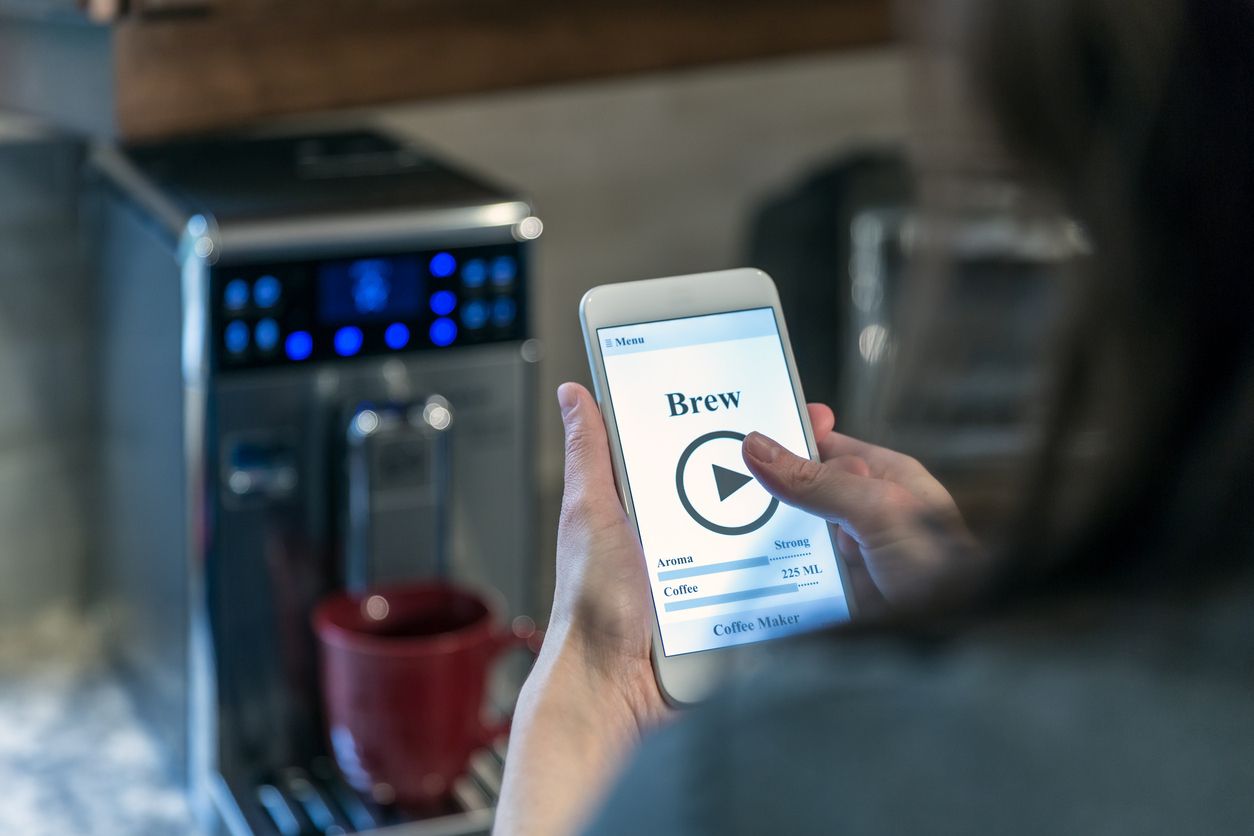Solving Tech for Seniors, One Device at a Time
Jonathan Gould, CTO and co-founder of K4Connect, is mission-focused on building tech solution with an eye for older adults and those living with disabilities. The company streamlines tech products and services, making solutions that are designed specifically for this user group: Think interfaces that link to smart home products and are built on simple to use tablets—rather than smaller smartphones, plus tools that let you connect to devices plus family members as well.
We caught up with Gould to ask why tools thought to be perfect for seniors and those with certain kinds of disabilities would work well, but don't, as well as where he sees the future of smart home gadgets. (Hint: If your latest device doesn't fill a need, it may just be an expensive paperweight.) Gould believes technology that's well-designed can not only serve seniors and those living with disabilities, but also improve and empowering their lives.
What role does voice play in developing smart homes?
Voice is good for home automation and is going to help us move faster in developing and adopting smart home technology. However, we need to improve voice control. K4Connect has tested voice control, but has not yet incorporated it into its products. Voice is a great interface in the home but it needs to improve. For instance, seniors and adults living with disabilities who have speech issues have a difficult time using voice controlled devices. The systems can have trouble recognizing their voice commands. Seniors will use technology, potentially more than average technology users, but only if it's designed for them.
Are there smart products out there today (without naming brands) that you think: "Hmmm, maybe not a necessary item?"
Any system that doesn't solve a problem for a user is unnecessary. It must serve a need. For instance, if a device doesn't talk to another device, it's just another gadget. Gadgets will not survive in an IoT world. A good example is a wireless doorbell. There are many wireless doorbells on the market but they don't talk to other IoT devices like a smart lock.
Do devices need to speak to each other in order to be secure?
Compatibility is very important in the IoT world. It's vital to get the best of breed devices to talk to each other, and work together cohesively on one software platform. Consumers are choosing devices that best fit their lifestyle and they don't want to worry about compatibility. They want manufacturers to make devices that are compatible with each other, trusting companies to design the best system for their needs. This is what we do at K4Connect. We make sure all of our devices speak to each other and include SSL encryption—which is bank level encryption or the type of security you normally find in enterprise security systems. This bridge is not just vital to securing the user's devices and data, but also to making sure devices work together.
Do you think smart homes will have secure operating systems in their own devices?
At some point we will have a sort of operating system in the home. Players like Control4 and Creston have tried to create a black box to control all our devices. Instead, we built a software platform, with built-in enterprise security, so all our devices and systems are secure to operate. We think more manufacturers will use two-factor identification to secure connected devices in the home. I expect this to be a standard practice. There will also be an additional layers added to devices which is SSL encrypted for security reasons. Thread is doing a nice job today with its new ZigBee radio security as well as Z-Wave Plus.
I expect manufacturers will look to build an adopted security level into devices which will lead to encryption communication. This is similar to what Apple has built in to Apple HomeKit. Processing power in the home will become the central piece in securing all your devices. You as the homeowner will decide who can join your network and then build a monitoring capability into an operating system which will determine if it's safe to add the new devices.
Artificial Intelligence, or AI, will become the second step in securing your home and the operating system. Once we manually determine what's safe to add—and not—add to our home platform, AI will become an important central decision-making process to setup and secure our system.
I see the industry going through a manual learning process now. We are learning what products work together and how they connect. Once we learn these important connections and how to secure them, then it will be time to bring in AI to take us to the next step in simplifying the technology so it can do what we need it to do more effectively.
Which smart product—that's not part of your company's product line—do you wish you had thought of first?
We think Philips Hue did a nice job with helping consumers from the beginning of their journey into the smart home. They help with detection, operability and connection from the start. They made it easy for consumers to understand and connect their products to other connected devices.
